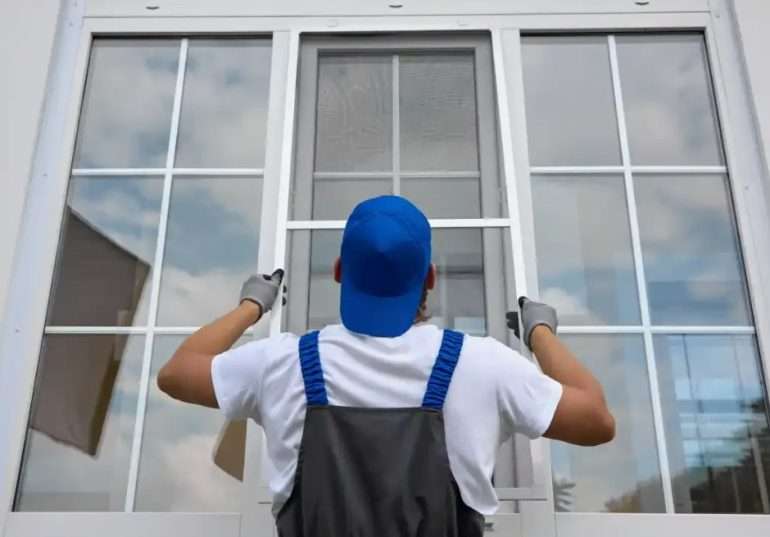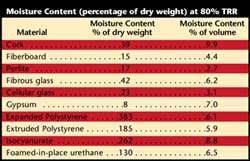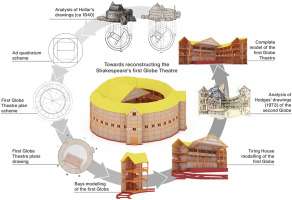The modern construction industry is constantly evolving‚ seeking innovative and sustainable solutions to build stronger‚ more resilient‚ and aesthetically pleasing structures. One area experiencing significant growth and adoption is the use of composite materials used in building construction. These materials‚ engineered by combining two or more distinct substances with different physical and chemical properties‚ offer a unique combination of benefits that traditional materials often lack. From reinforced concrete to fiber-reinforced polymers‚ composite materials used in building construction are revolutionizing how we design‚ construct‚ and maintain buildings.
Understanding Composite Materials
Composite materials are not simply mixtures; they are carefully engineered combinations designed to exploit the strengths of each component material. Typically‚ a composite consists of a matrix (the binding material) and a reinforcement (the strengthening material). The matrix distributes load and protects the reinforcement‚ while the reinforcement provides strength and stiffness.
Common Types of Composites in Construction
- Fiber-Reinforced Polymers (FRP): These composites use fibers like carbon‚ glass‚ or aramid embedded in a polymer matrix. FRPs are lightweight‚ strong‚ and corrosion-resistant.
- Reinforced Concrete: A classic example of a composite‚ reinforced concrete combines the compressive strength of concrete with the tensile strength of steel reinforcement.
- Wood-Plastic Composites (WPC): These composites combine wood fibers or flour with thermoplastic polymers‚ offering a durable and weather-resistant alternative to solid wood.
Advantages of Using Composites in Construction
The adoption of composite materials in the construction sector is driven by numerous advantages. Their unique properties offer significant benefits over traditional building materials like steel‚ concrete‚ and wood in specific applications. These benefits contribute to improved building performance‚ reduced life-cycle costs‚ and enhanced sustainability.
- High Strength-to-Weight Ratio: Composites often offer superior strength with significantly less weight compared to traditional materials‚ reducing structural loads and foundation requirements.
- Corrosion Resistance: Many composites are highly resistant to corrosion‚ making them ideal for use in harsh environments or areas exposed to moisture and chemicals. This reduces maintenance and extends the lifespan of structures.
- Design Flexibility: Composites can be molded into complex shapes and forms‚ allowing for greater architectural freedom and innovative design solutions.
- Durability: When properly designed and manufactured‚ composite structures can outlast traditional materials.
Applications of Composites in Building Construction
Composites find applications in various aspects of building construction‚ including structural components‚ facades‚ and interior elements. Their versatility and performance characteristics make them suitable for a wide range of projects.
Here’s a table comparing traditional materials with composite materials in terms of key properties:
| Property | Traditional Materials (Steel‚ Concrete‚ Wood) | Composite Materials (FRP‚ WPC) |
|---|---|---|
| Strength-to-Weight Ratio | Moderate | High |
| Corrosion Resistance | Low to Moderate (Requires Protection) | High |
| Design Flexibility | Limited | High |
| Durability | Moderate to High (Depends on Material and Environment) | High |
The Future of Composite Materials in Construction
As technology advances and concerns about sustainability grow‚ the use of composite materials used in building construction is expected to increase significantly. Further research and development will lead to even more innovative composite materials with enhanced performance characteristics and reduced environmental impact. The industry will likely see wider adoption of recycled and bio-based composites‚ contributing to a more circular economy. Ultimately‚ these advances will pave the way for a new generation of buildings that are stronger‚ more sustainable‚ and more aesthetically pleasing.
CHALLENGES AND CONSIDERATIONS
Despite the numerous advantages‚ the implementation of composite materials in construction faces some challenges. These challenges primarily revolve around cost‚ standardization‚ and a need for increased awareness among industry professionals.
– Initial Cost: While life-cycle costs may be lower‚ the initial investment for composite materials can be higher than traditional options. This can be a barrier for some projects.
– Lack of Standardization: The construction industry relies heavily on established standards and codes. The relatively newer nature of composite materials means that standards are still evolving‚ which can create uncertainty.
– Design and Installation Expertise: Designing and installing structures with composite materials requires specialized knowledge and skills. A shortage of trained professionals can limit their widespread adoption.
– Long-Term Performance Data: While accelerated testing provides valuable insights‚ comprehensive long-term performance data for composite structures in various environmental conditions is still being gathered.
SUSTAINABILITY ASPECTS
The environmental impact of construction materials is a growing concern. Composite materials offer both opportunities and challenges regarding sustainability. The reduced weight of composites can lead to lower transportation costs and reduced energy consumption during construction. The durability and corrosion resistance of some composites can extend the lifespan of structures‚ reducing the need for frequent repairs or replacements.
However‚ the production of some composite materials can be energy-intensive‚ and the end-of-life management of these materials can be complex. Research is ongoing to develop more sustainable composite materials using recycled content or bio-based resins. Improved recycling technologies are also needed to minimize the environmental impact of composite waste.
CASE STUDIES
Examining successful implementations of composite materials in construction provides valuable insights into their potential and benefits.
CASE STUDY 1: FRP BRIDGE DECKS
Traditional concrete bridge decks are susceptible to corrosion‚ requiring frequent repairs and replacements. Fiber-reinforced polymer (FRP) bridge decks offer a lightweight‚ corrosion-resistant alternative. Several bridges around the world have been successfully retrofitted with FRP decks‚ resulting in reduced maintenance costs and extended service life.
CASE STUDY 2: WPC CLADDING
Wood-plastic composite (WPC) cladding provides a durable and aesthetically pleasing exterior finish for buildings. WPC cladding is resistant to rot‚ decay‚ and insect damage‚ requiring minimal maintenance. It is also available in a wide range of colors and textures‚ offering design flexibility;
LOOKING AHEAD
The future of construction is inextricably linked to the development and adoption of innovative materials like composites. Overcoming the challenges related to cost‚ standardization‚ and expertise will unlock the full potential of these materials. Continued research and development‚ coupled with increased awareness among industry professionals‚ will drive the widespread use of composites in building construction‚ leading to more sustainable‚ durable‚ and resilient structures.






